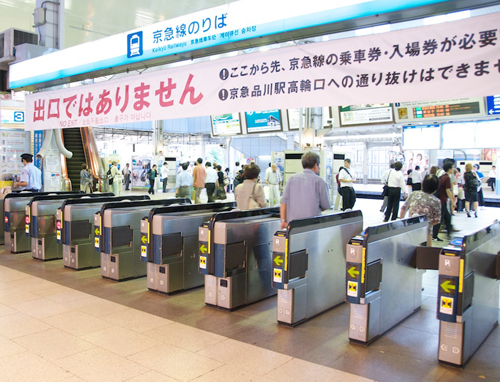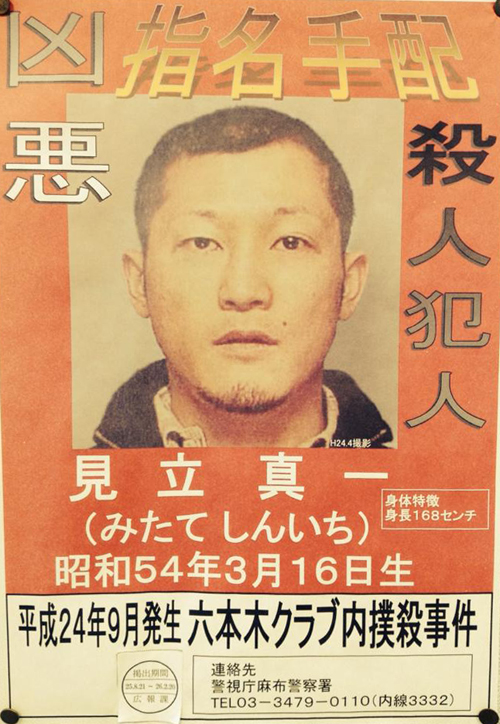17. The "Open Box" Radical: 凵
A container should be able to hold many things, but the "open box" radical 凵 (also known as the "container" radical) "holds" just four Joyo kanji. That is, only 出, 凶, 凸, and 凹 have 凵 as an on-duty radical.
Japanese Names for the 凵 Radical
As an autonomous, non-Joyo kanji that means "open box enclosure," 凵 has the yomi of コン and カン. I mention this because カン factors into the second and third Japanese names for the 凵 radical:
1. うけばこ (open box), in which うけ comes from 受 (うけ: receiving), whereas ばこ is the voiced yomi of 箱 (はこ: box).
2. かんがまえ, in which the voiced かまえ (構え) refers to radical position 5. Radicals with that classification enclose the rest of the kanji in any number of ways.
3. かんにょう, in which にょう refers to radical position 7. Radicals in that location again enclose the character, but they do so specifically by going down the lower left and across the bottom of a kanji.
To learn more about these positions and their names, see Radical Terms, particularly the "Radical Positions" and "Radical Names" sections.
One more Japanese name for 凵 appears on Wikipedia—namely, したばこ. That must mean "box" (箱, はこ) "below" (下, した). It's certainly the easiest of the bunch to remember.
The "Open Box" Radical Versus Similar Radicals
The two-stroke 凵 radical looks too simple to cause confusion, but in fact it resembles other radicals:
冂 (radical 13: the "upside-down box" radical)
匚 (radical 22: the "box on side" radical)
The Japanese refer to the latter as はこがまえ. Both halves recall names we've just heard.
Radical 17 also bears a passing likeness to two more:
几 (radical 16: the "table" radical)
勹 (radical 20: the "wrapping" radical)
The 凵 in 出
Here's the most common kanji with the on-duty 凵 radical:
出 (34: to go out, put out)
You don't see a clear indication of 凵, right? That's because it's not there and never has been. This character once had a rounded base, as in this bronze-script version:

Henshall says that this early shape may have meant "cover" (i.e., shoe). Combined with 止 (foot), the full character meant "going out." Alternatively, he says, the curved bottom could have meant "line of containment," one beyond which the foot has "emerged."

Photo Credit: Christopher Acheson
In 出口 (でぐち: exit), 出 unites with 口, a kanji that doubles as radical 30 (the "mouth" radical) and that resembles 凵 to some degree. The 出口ではありません means "This is not an exit."
Although it's difficult to see in this shrunken version of the photo, the words "No Exit" appear just below 出口, reminding me of Sartre's famous play of the same title! The wording was perfect in that context, as in "There is no exit from hell"! To be sure, "No Exit" signs are common, even in countries where English is the primary language, but it occurs to me now that "Not an Exit" would be much clearer.
The 凵 in 凶
We go from the worst example of the 凵 radical to the best:
凶 (1159: bad luck; atrocious)
Henshall says that the 凵 here means "container," though some scholars see it as a variant of 口 (mouth). He calls メ a symbol that draws attention to the inside of the empty container.
He also notes that because of the empty container, 凶 contrasts with 吉 (1142: good luck). The full container or full mouth (口) in the latter character indicates "good fortune." Thus, our empty container is bad news! The next photo certainly suggests as much.

Photo Credit: Corey Linstrom
This is a "Wanted" poster! The most vivid kanji instill a sense of foreboding:
凶悪 (きょうあく: atrocious, brutal, villainous)
殺人犯人 (さつじんはんにん: criminal murderer)
The word across the top also conveys a great deal:
指名手配 (しめいてはい: wanted; on the wanted list)
The text below the photo presents his name (in kanji and hiragana) and date of birth (March 16 of Showa 54, which is 1979).
The largest writing in the bottommost part tells us that the incident occurred (発生, はっせい) in September of Heisei 24 (which was 2012). It happened in (内, ない) a club in Roppongi (六本木, ろっぽんぎ: a section of Tokyo). The event (事件, じけん) involved beating someone to death (撲殺, ぼくさつ)!
Concave and Convex Kanji
We come now to two of my all-time favorite kanji:
凹 (1032: concave, hollow; sunken)
凸 (1667: convex; forehead)
Both are wonderfully pictographic, aren't they! These shapes, which remind me of female and male mechanical parts, bring abstract concepts to life quite vividly.
As if that weren't delightful enough, look at how they bond in these words:
凹凸 (おうとつ: unevenness; roughness; ruggedness)
凸凹 (でこぼこ or とつおう or だくぼく: (1) unevenness; roughness; ruggedness; (2) (でこぼこ only) inequality)
It's unfortunate that they don't fuse by having the female and male parts come together to form a perfect rectangle, but the compounds are quite satisfying nonetheless!
